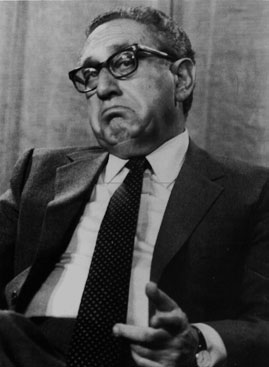Home • Mobilization and Uniting of Chileans • Land Reform • Economic Plan • Nationalization of the Banks
To accomplish the goal of ending national and foreign monopolies and large landowners the following steps were taken.
Wages were raised at the expense of profits. This would hurt the private sector which would ultimately be taken over by the state and run at a lower profit.
By the end of 1971, the state had control of 151 industrialized plants. Initially, under state control, unemployment was down, inflation under control and worker's income had raised 50%. However, this 'honeymoon' period did not last forever. Eventually, inflation rose to out of control levels, causing strikes and unsatisfied workers.
The United States started to take a more active role in Chile once United States copper mines were nationalized in 1971. As a result, the United States cut of loans to Chile and blocked World Bank sources of funding. This made it difficult for Chile to obtain supplies and inflation returned because workers had more money to spend. Also, the mass media in Chile was still controlled by the elites, and at this same time the media turned on Allende and his economic reforms.
Boorstein, Edward. “Allende's Chile.” International Publishers. New York: 1977.
http://www.hartford-hwp.com/archives/42a/130.html#foot3
| “ | I don't see why we need to stand by and
watch a country go Communist due to the irresponsibility of its own
people.” Kissinger |
 |
|